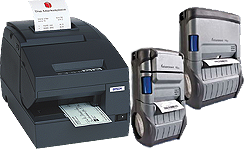
The Essential Guide to Receipt Printers: Technology, Applications, and Future Trends
Receipt printers are indispensable in today’s transactional world, providing tangible proof of purchase and facilitating smooth business operations. From retail stores to food trucks, these devices bridge the gap between digital transactions and physical records, ensuring accountability and customer satisfaction.
Evolution of Receipt Printers
The journey of receipt printers began with mechanical *impact printers* like dot matrix, which used ink ribbons and pins to create impressions. While reliable, they were noisy and slow. The 1980s introduced *thermal printers*, revolutionizing the industry with faster, quieter operation using heat-sensitive paper. By the 2000s, wireless and mobile printers emerged, aligning with the rise of cloud-based POS systems and smartphones, enabling on-the-go printing for modern businesses.
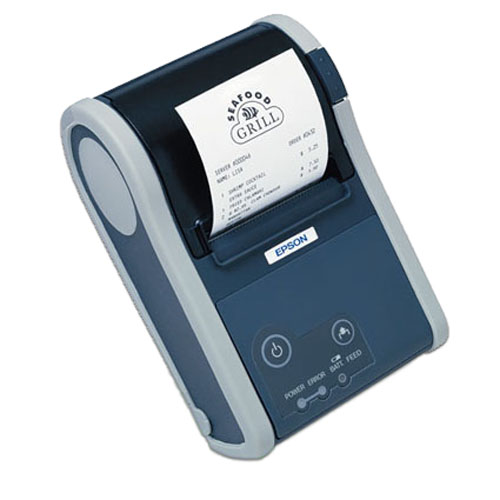
Types of Receipt Printers
1. Impact (Dot Matrix) Printers: Utilize pins and ribbons; ideal for environments requiring carbon copies (e.g., warehouses).
2. Thermal Printers:
– Direct Thermal: Heat-activated paper, cost-effective but sensitive to light/heat. Common in retail.
– Thermal Transfer: Uses ribbon for durable prints, suitable for long-term records (e.g., shipping labels).
3. Inkjet Printers: Less common due to higher costs but offer color receipts for specialized uses.
4. Mobile Printers: Portable, battery-operated devices with Bluetooth/Wi-Fi, perfect for delivery services and pop-up shops.
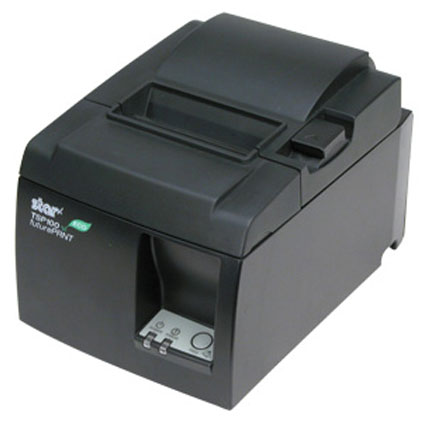
Key Features to Consider
- Speed: Measured in lines per second (LPS) or inches per second (IPS). Thermal printers excel here.
- Connectivity: Options include USB, Ethernet, Bluetooth, and Wi-Fi for seamless POS integration.
- Durability: Industrial-grade models withstand high volumes and harsh conditions.
- Paper Handling: Auto-cutters and adjustable roll holders enhance efficiency.
- Eco-Consumables: BPA-free thermal paper reduces environmental impact.
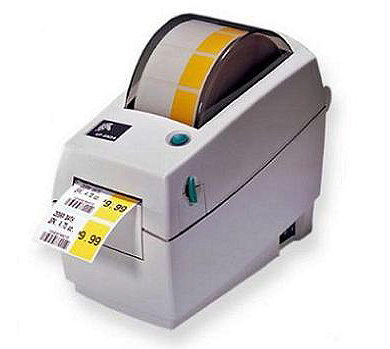
Applications across Industries
- Retail: High-speed printing during peak hours.
- Hospitality: Kitchen printers relay orders instantly; hotels print check-out summaries.
- Healthcare: Prescriptions and payment receipts.
- Transportation: Tickets and parking passes.
- Services: Banking counter slips and event registrations.
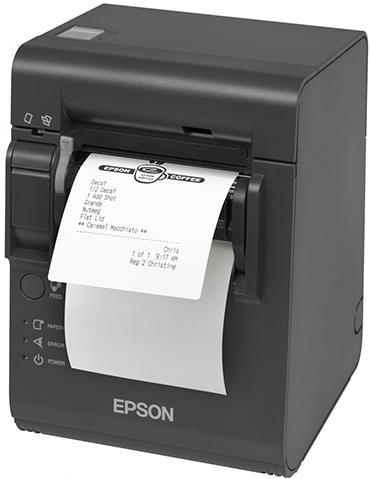
Environmental Considerations
Thermal paper’s chemical coatings (BPA/BPS) pose recycling challenges. Regulations in the EU restrict BPA, pushing alternatives like BPS (still under scrutiny). Digital receipts gain traction, though adoption varies. Businesses can opt for BPA-free paper or hybrid systems offering digital alternatives via email/SMS.
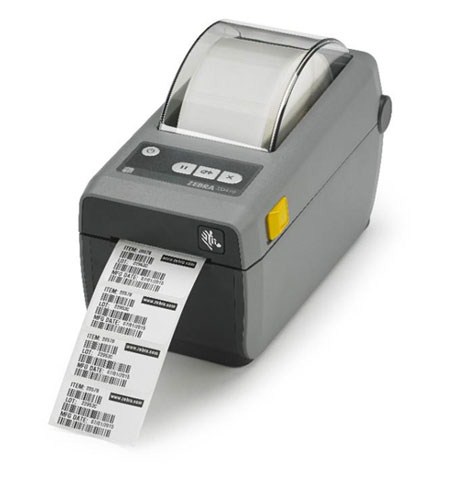
The Future of Receipt Printers
- Sustainability: Biodegradable paper and recycling innovations.
- Digital Integration: QR codes on receipts for promotions, feedback, or loyalty programs.
- IoT & AI: Smart printers with predictive maintenance and cloud management.
- Security Enhancements: Protecting networked printers from vulnerabilities.
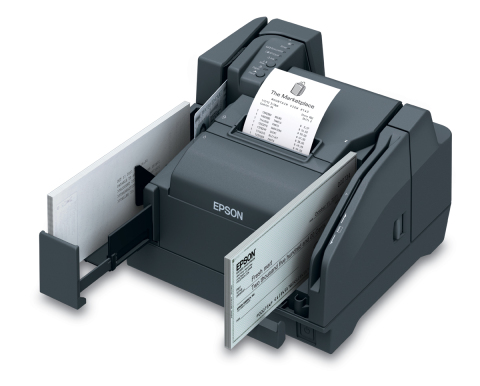
Receipt printers continue to evolve, balancing efficiency with eco-consciousness. As technology advances, they will integrate deeper with digital tools while maintaining their role as a trusted transactional medium. Businesses must choose wisely, prioritizing durability, sustainability, and adaptability to stay ahead in a dynamic market.
This guide offers a comprehensive overview, helping businesses navigate the evolving landscape of receipt printing with informed decisions.